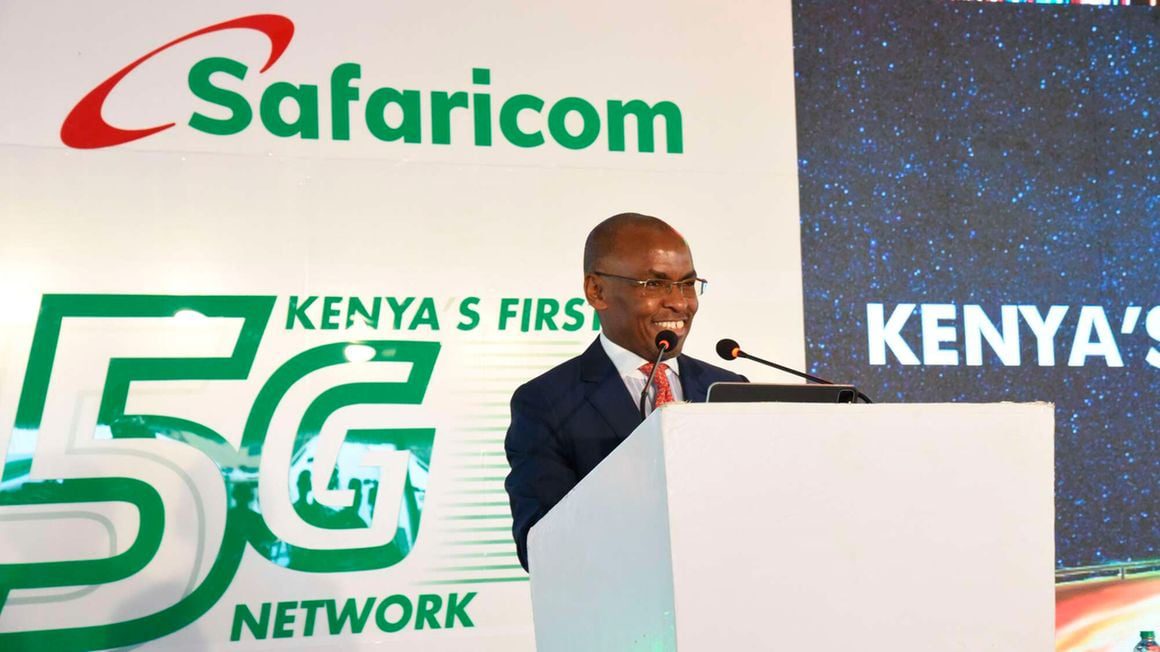As part of his bid to reshape Twitter, ostensibly in his own image, Elon Musk, the South African-American billionaire who bought the company last week, announced that the micro-blogging platform will have a paid monetisation system for creators.
He tweeted last weekend that the social media platform will soon add “creator monetization for all forms of content” on the app.
Why is monetisation for creators important?
YouTube has dominated the content market because it pays creators to produce high-quality creative content. A portion of the advertising revenue from each content is paid as a reward to the creator.
This caused influencers from other social media platforms to encourage followers to subscribe to their YouTube accounts as they sought to tap into that monetisation system. Creators bringing subscribers to YouTube means more people will spend longer on the app, making more money for YouTube.
Twitter currently has an average of 450 million monthly active users, a low figure compared to YouTube, which has about 2.1 billion monthly active users worldwide.
Elon Musk’s goal is to increase the number of active users on the app and make money for the company. To beat YouTube, it must incentivise its creators to make the app a go-to content hub.
However, Musk is not the only one who has set his eyes on YouTube’s type of creator incentivisation. The fast-growing app TikTok has rolled out a profit-sharing model similar to YouTube for its top-performing creators.
Snapchat, which recorded massive losses this year, has also explored this payment model for creators.
What do other social media companies offer creators?
On Instagram, users can subscribe to an influencer they like and get access to their special Stories and exclusive Reels that other regular users don’t get to view or at least not immediately.
While it’s too early to predict how it will perform with Instagram, the Meta-owned platform can afford to take its time because it is not as pressured as Twitter to create that monetisation system.
This is partly because Instagram influencers are paid relatively high fees for sponsored content by brands. They also get gift items, shopping vouchers and all-expense-paid trips from these brands compared to influencers on some other apps.


Twitter currently has some monetisation options itself with more creator-centric profit-sharing models. For instance, it gives 97 per cent of the revenue it gets from its Super Follow feature to the creator. The Super Follow feature is a product that users can pay for to give them extra access to someone they already follow.
This doesn’t compare to YouTube’s multiple monetisation options for creators. Several YouTube products give creators some opportunity for monetisation.
YouTube has Advertising Revenue, which gives creators a cut from the advertising money their video generates.
Influencers like Eric Okafor, who does phone and other gadget reviews, have pivoted to this content format.
Read also: How Eric Okafor became the king of short-form tech reviews on YouTube.
Then it has Channel Memberships, making subscribers make recurring monthly payments in exchange for special perks from creators; Shopping, making merchandise sales easier for creators; Super Chat and Super Stickers, where fans pay to get their messages or animated images highlighted in chat streams; Super Thanks, where fans pay to get their message highlighted in the comments section; and YouTube Premium Revenue, where creators get a cut when Premium subscribers watch their content.


Also, there are other initiatives, such as YouTube Next Up, which involves all-expense paid trips, and the plaques of recognition presented to creators when they hit a milestone in their subscriber journey.
Other social media platforms have been trailing Facebook and YouTube in terms of active users for years. For Twitter to compete, it must consider creating rival products, especially leveraging video content.
What Facebook and YouTube have in common is their aggressive adaptability history. They have dominated the market by constantly changing and infusing new in-demand features on their platform to retain users.
In contrast, users have asked Twitter for an edit button for more than ten years. It recently started a form of edit feature but only for users who pay what used to be 20 dollars a month for Twitter Blue. Elon Musk has reduced that price to 8 dollars.
Why Twitter has a creator monetisation problem
A coterie of literati, politicians, western academics, intellectuals and pseudo-intellectuals have been the core users of Twitter since its inception. While these users – The Twitterati – are loyal to the ‘bird app,’ it has been unable to retain a wider variety of users seeking more premium, entertaining content to consume.
Tweeps used to boast about this as a virtue, a selling point of some sort, making jokes about the “intelligence” of other netizens who prefer other social media platforms.
Also, most users cannot post a video longer than 3 minutes. Rivals like Instagram, with its IGTV and YouTube, can take content longer than an hour. It has been presumed that this limitation is part of a concerted effort to keep the app within the Twitterati circles.
For Twitter to gain more users and make more money, it must break through that restriction and become “more open”.
Since he tweeted that the bird was free and paraded the Twitter headquarters with that sink in hand, Elon Musk has been pitching ideas on the app on how to break what he calls “Twitter’s current lords & peasants system.”


Musk proposes that users with the coveted “blue check” are the “lords” in his metaphor and must subscribe to Twitter Blue in the coming months or lose the badge entirely.
With this payment, Twitter will earn more profits, providing room for monetisation for creators on the app. Giving Twitter users in its monetisation program a cut for a viral tweet could be a good incentive for creators to create more on the platform.
However, this doesn’t mean Musk is ready to let go of Twitter’s core users. He tweeted recently that the company plans to add an “ability to attach long-form text to tweets, ending absurdity of notepad screenshots,” a feature that will appeal to Twitter core users looking to say more than 240 characters.
What must change
For Twitter’s creator monetisation to be ingenious, it must roll out an edit button, give users opportunities to create longer-form content, and sell the app to a wider audience. This will include fighting the clap-back culture of Twitter and making video content organic to the app.
In that type of Twitter, retweets and quote tweets, image engagement, likes, and video views can be a metric for rewarding creators.
For Elon Musk to make Twitter more profitable, he knows that content monetisation for creators is the key. But first, users must brace themselves for the ‘openness’ of their beloved app.






